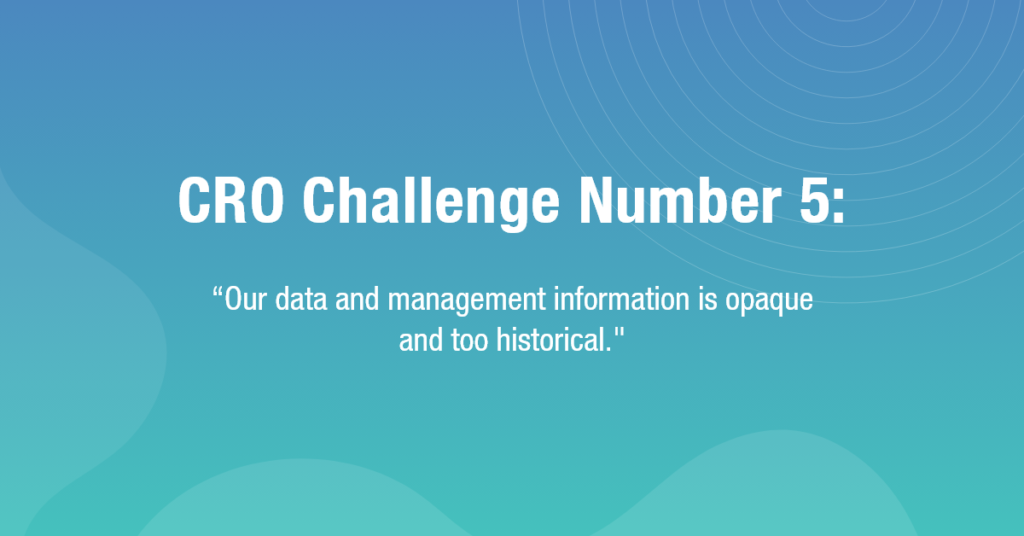CRO Challenge #5: Enhancing Revenue Growth Through Data-Driven Strategies
As Chief Revenue Officers (CROs) navigate the competitive landscape of business, a common challenge often arises: the opacity and historical nature of data and management information. This limitation hampers the ability to make proactive, forward-looking decisions based on real-time insights. To address this challenge effectively and drive revenue growth, CROs can implement a series of data-centric strategies aimed at enhancing decision-making processes.
Setting Strategic KPIs for Revenue Optimization
To align operational activities with strategic goals, it is imperative to establish specific, objective Key Performance Indicators (KPIs) that directly impact revenue generation. These KPIs may include metrics such as attrition rates, pipeline size, customer activities, and satisfaction levels. By focusing on high-impact indicators and discontinuing measurements of low-priority initiatives, CROs can streamline efforts towards achieving revenue targets.
Implementing Real-Time Dashboards for Actionable Insights
Creating real-time dashboards that draw data from a centralized and reliable ‘One Truth’ source, such as a Customer Relationship Management (CRM) platform, is crucial for gaining immediate visibility into critical KPIs. By concentrating on a select few essential metrics and instituting a regular cadence of daily or weekly business reviews based on these dashboards, organizations can foster agility and informed decision-making.
Leveraging AI Tools for Predictive Analytics
The integration of AI tools, particularly predictive analytics, empowers CROs to uncover valuable insights into customer behaviors that may signal potential revenue risks. For instance, utilizing AI algorithms to detect patterns like customer dormancy or reduced service usage can serve as early indicators of attrition. By proactively addressing these signals, organizations can mitigate revenue loss and drive retention strategies.
Proactive Risk Management and Customer Analysis
Identifying triggers of customer attrition and conducting routine risk assessments across the customer base are pivotal steps in pre-emptively addressing revenue challenges. By meticulously documenting the ‘reasons for churn’ within the CRM database and categorizing them into Controllable and Uncontrollable triggers, CROs can devise targeted plans to mitigate controllable issues and enhance customer retention.
Fostering Knowledge Sharing and Engagement
Encouraging a culture of real-time communication and information sharing through enterprise social media platforms, such as Chatter within Salesforce, can foster collaboration and awareness within the organization. By incentivizing and recognizing employees for sharing news and engaging events, companies can strengthen internal communication channels and promote a culture of continuous learning.
Balancing Quantitative and Qualitative KPIs for Holistic Insights
In addition to quantitative metrics, incorporating qualitative KPIs is essential for gaining comprehensive insights into underlying revenue drivers. By evaluating qualitative aspects such as customer sentiment, feedback, and engagement, CROs can enrich their understanding of revenue performance and business dynamics, leading to more informed decision-making.
In conclusion, by adopting a data-driven approach focused on real-time insights, predictive analytics, and proactive strategies, Chief Revenue Officers can optimize revenue growth and drive sustainable business success. Aligning specific KPIs with revenue objectives, harnessing AI capabilities, fostering a culture of information sharing, and balancing quantitative metrics with qualitative insights are instrumental in achieving revenue optimization and long-term profitability.

